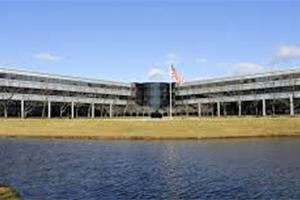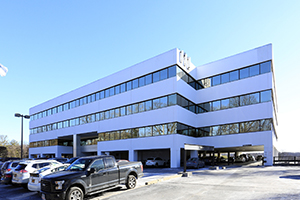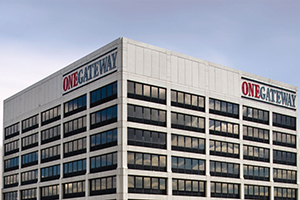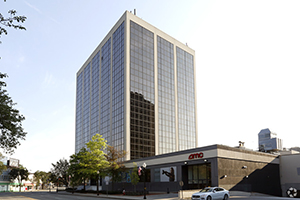On March 27, 2020, the Keeping American Workers Paid and Employment Act was enacted as part of the Coronavirus Aid, Relief, and Economic Security Act, or CARES Act. The Paycheck Protection Program (the “PPP”) contained in the Act allows eligible small businesses (less than 500 employees), sole proprietors and independent contractors that have been negatively impacted by the COVID-19 pandemic to obtain SBA loans through their local bank to cover certain business operating costs during the “covered period,” which is between February 15, 2020 through June 30, 2020. The funds may be used for payroll costs , the cost of group healthcare benefits and insurance premiums, rent, utilities and interest on any other debt obligations that were incurred before Feb. 15, 2020.
There is no fee to obtain the loan and it does not require a personal guarantee. Moreover, it is a nonrecourse loan (provided the money obtained is used for one or more of the allowable purposes) and can be forgiven, in an amount determined based on the retention of employees. As the name implies, the goal of the Payroll Protection Program is to keep employees employed and the forgiveness aspect of the loan provides a strong incentive to small businesses to do that.
The loan has a maximum maturity of 10 years from the date an application is made for forgiveness and will bear an interest rate of 1 percent. All loan payments, including principal and interest, can be deferred for 6 months.
A small business seeking a loan does not have to demonstrate that it cannot obtain credit elsewhere. However, in order to be eligible for the loan, the business, sole proprietor or independent contractor must certify that:
(1) the uncertainty of current economic conditions makes necessary the loan request to support the ongoing operations of the eligible recipient;
(2) that funds will be used to retain workers and maintain payroll or make mortgage payments, lease payments, and utility payments;
(III) there is not an application pending for a loan under the PPP for the same purpose and duplicative of amounts applied for or received under a covered loan; and
(IV) during the period beginning on February 15, 2020 and ending on December 31, 2020, that no funds were received under the PPP for the same purpose and duplicative of amounts applied for or received under a covered loan.
The maximum amount of the loan is based upon the payroll during the covered period and is determined by multiplying the average total monthly payments for payroll costs (capped at $100,000 per employee) incurred during the 1-year period before the date on which the loan is made by 2.5. Seasonal workers are treated differently.
The loan may also be forgiven – i.e., become a grant. The rules for forgiveness are somewhat complicated – but the amount of the loan forgiveness is based on the amount of the loan devoted to approved costs for the 8-week period beginning on the date of the origination of the loan and is subject to reduction based on the average number of full-time employees per month employed during the covered period (Feb. 15, 2019 0- June 30, 2020) in comparison to (at the borrower’s option) the average number of employees between the same period in 2019 (i.e., Feb 15, 2019 – June 30, 2019) or the average number of those employed between Jan 1, 2020 and ending Feb 29, 2020. In addition, at least 75% of proceeds of the loan must be devoted to payroll costs.
The loan forgiveness can be reduced by the amount of any reduction in total salary of any employee (that makes $100,000 or less) that is in excess of 25 percent of the total salary of the employee during the most recent full quarter in which the employee was employed before the covered period, i.e., Q4 2019 salary. The Act also encourages the rehiring of employees that may have been laid off at the start of the crisis. There is no reduction in the amount of the loan forgiveness where the number of employees are reduced or their salaries are reduced between February 15, 2020 and April 26, 2020, and the total number of employee and salaries of such employees have been restored to their pre-reduced levels by June 30, 2020. Therefore, businesses would not lose the full benefit of the forgiveness if they (1) reduce the salaries of those making more than $100,000 by greater than 25%, (2) or rehire and/or restore salaries to their previous levels by June 30, 2020.
Conclusion
The PPP is a valuable infusion of funds for many businesses. However, the restaurants, barber shops, beauty parlors and other small businesses that are closed and have laid off workers may find the forgiveness feature of the loan unavailing. The loans are also “first come, first served” and money is likely to dry up, so a restaurant or similar closed business may find it hard to time the receipt of the loan to the rehiring of employees.
Greg Meese is a partner with Price Meese and is head of the firm’s telecommunications law group. He is the author of widely used Land Use Citator for New Jersey. To contact Greg, please call 201 391 3737 or use email gmeese@pricemeese.com.







